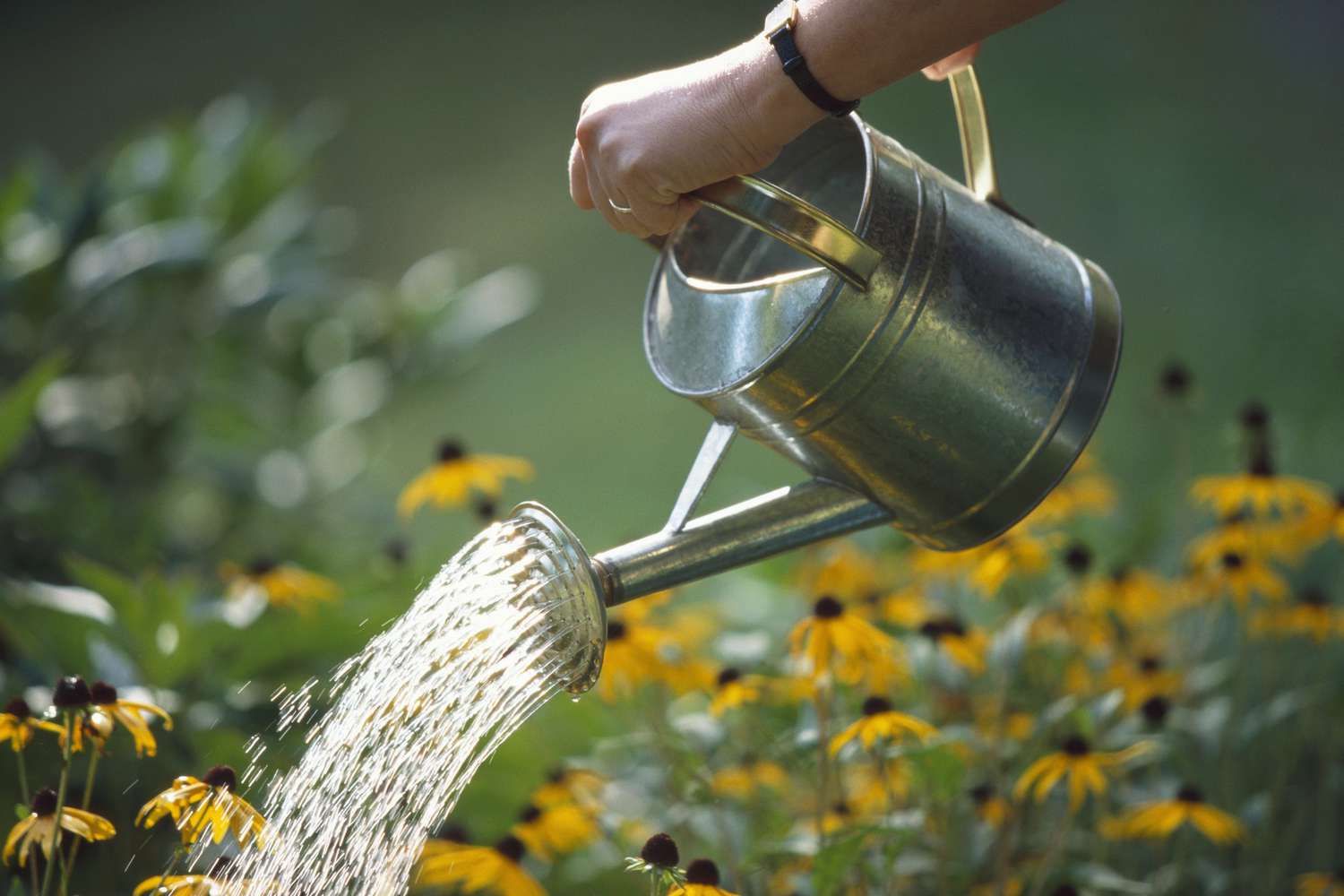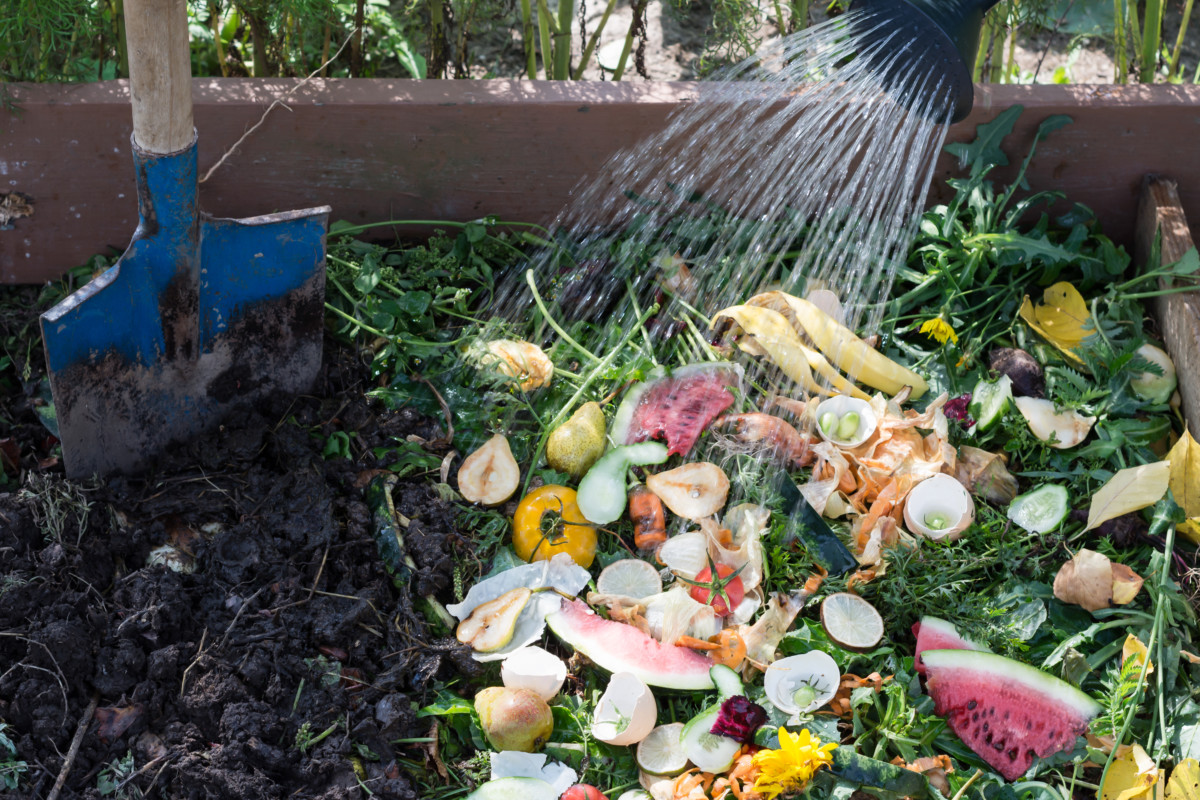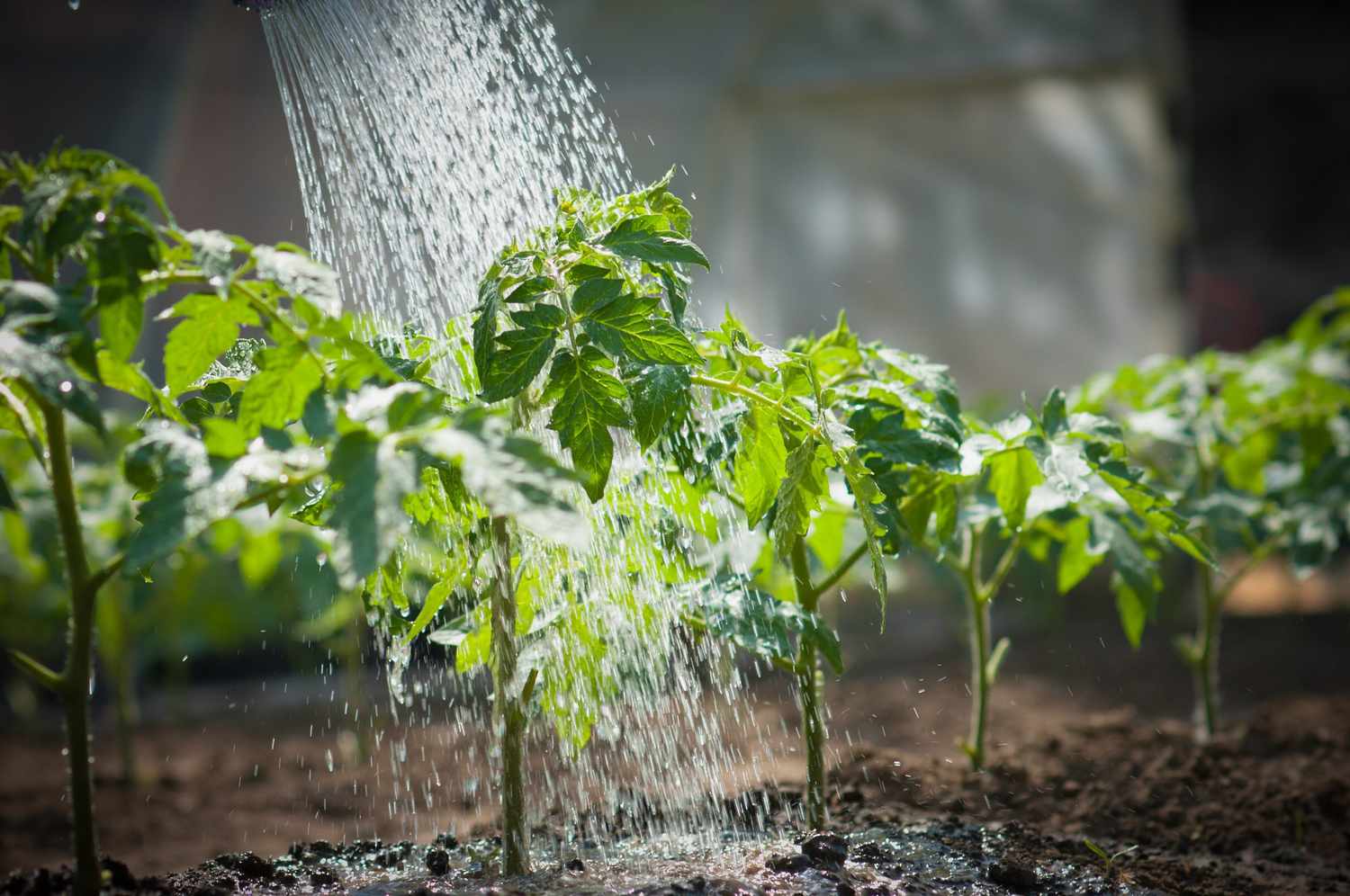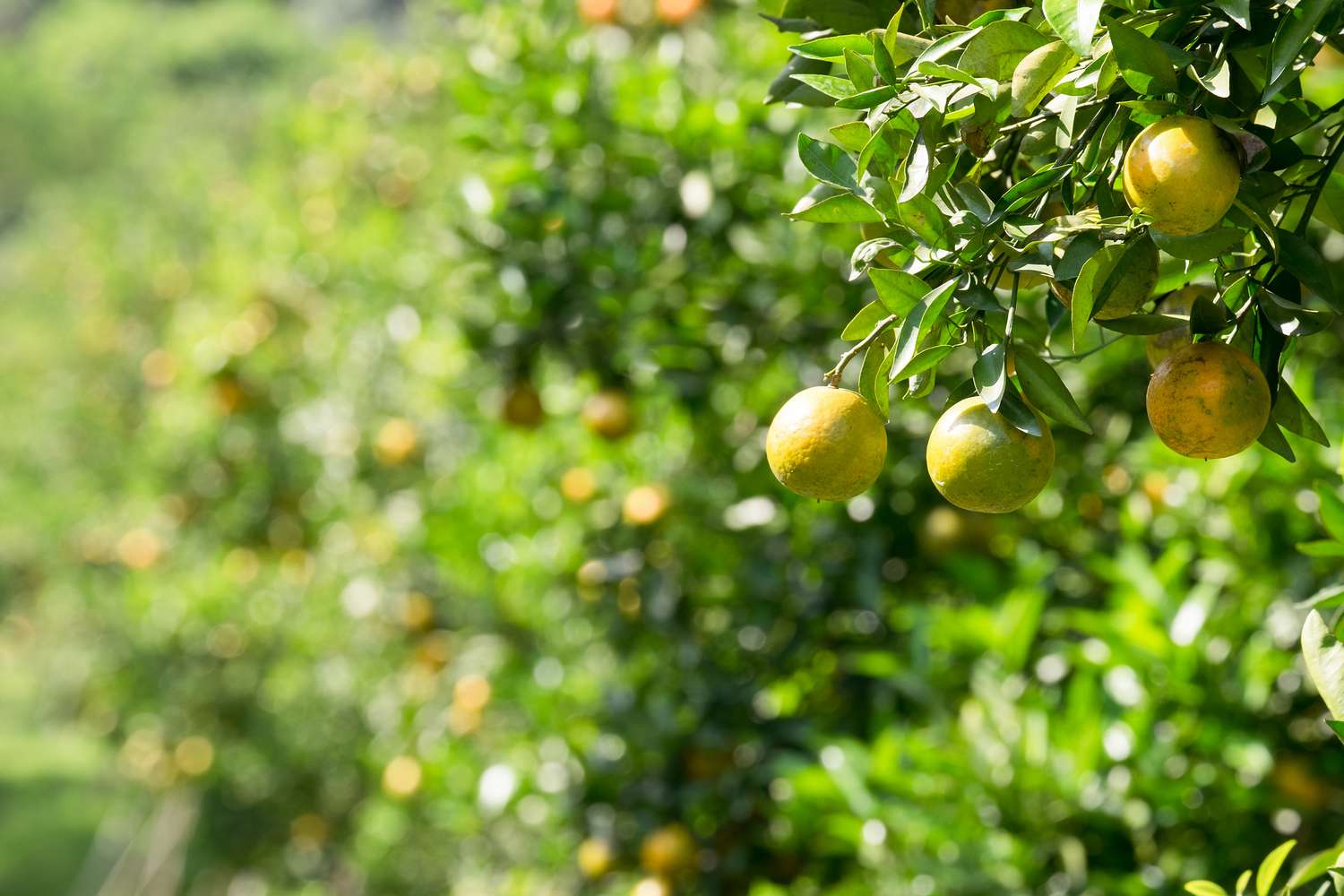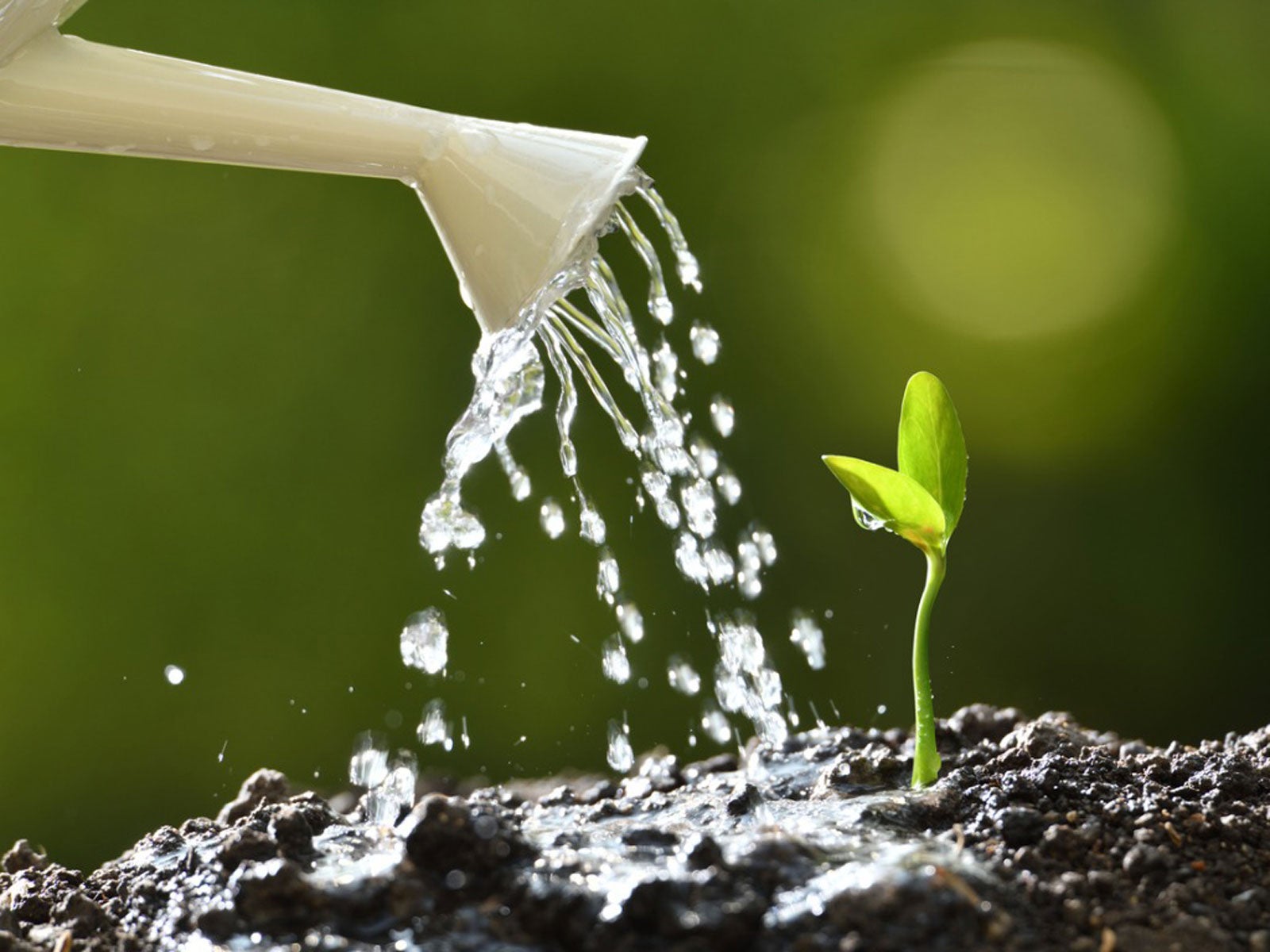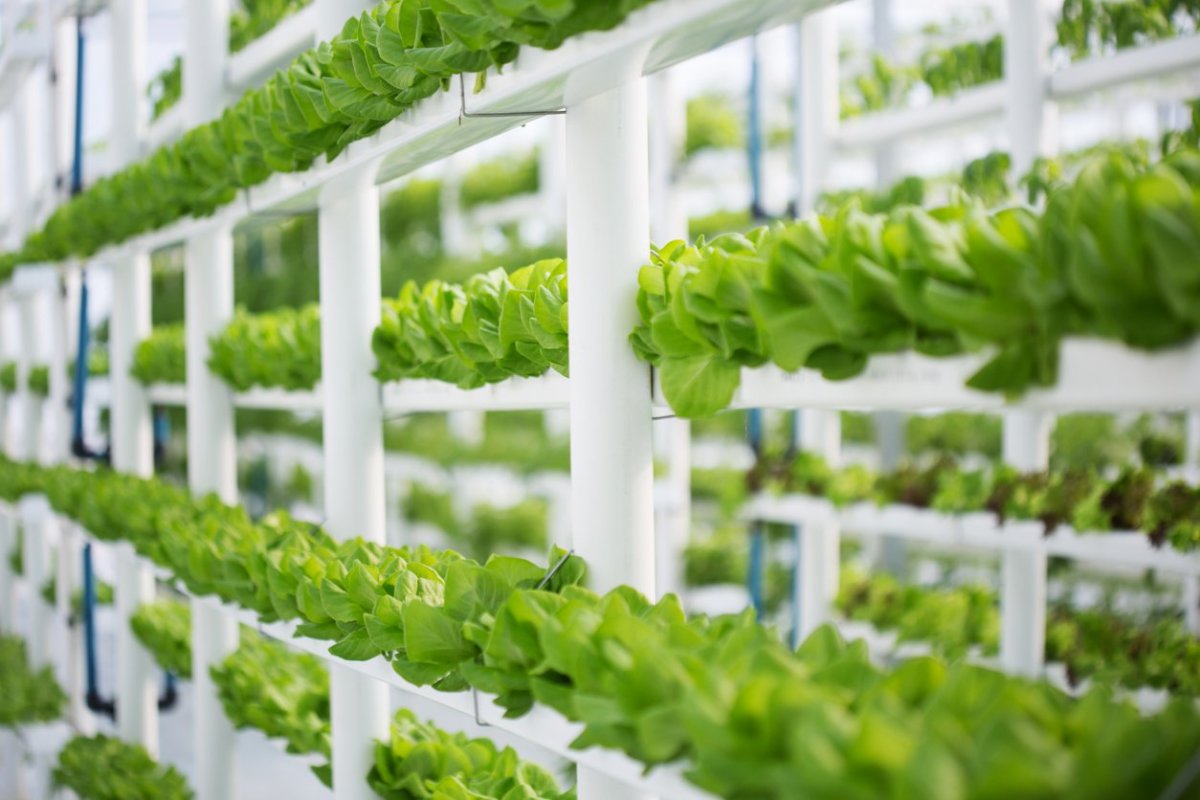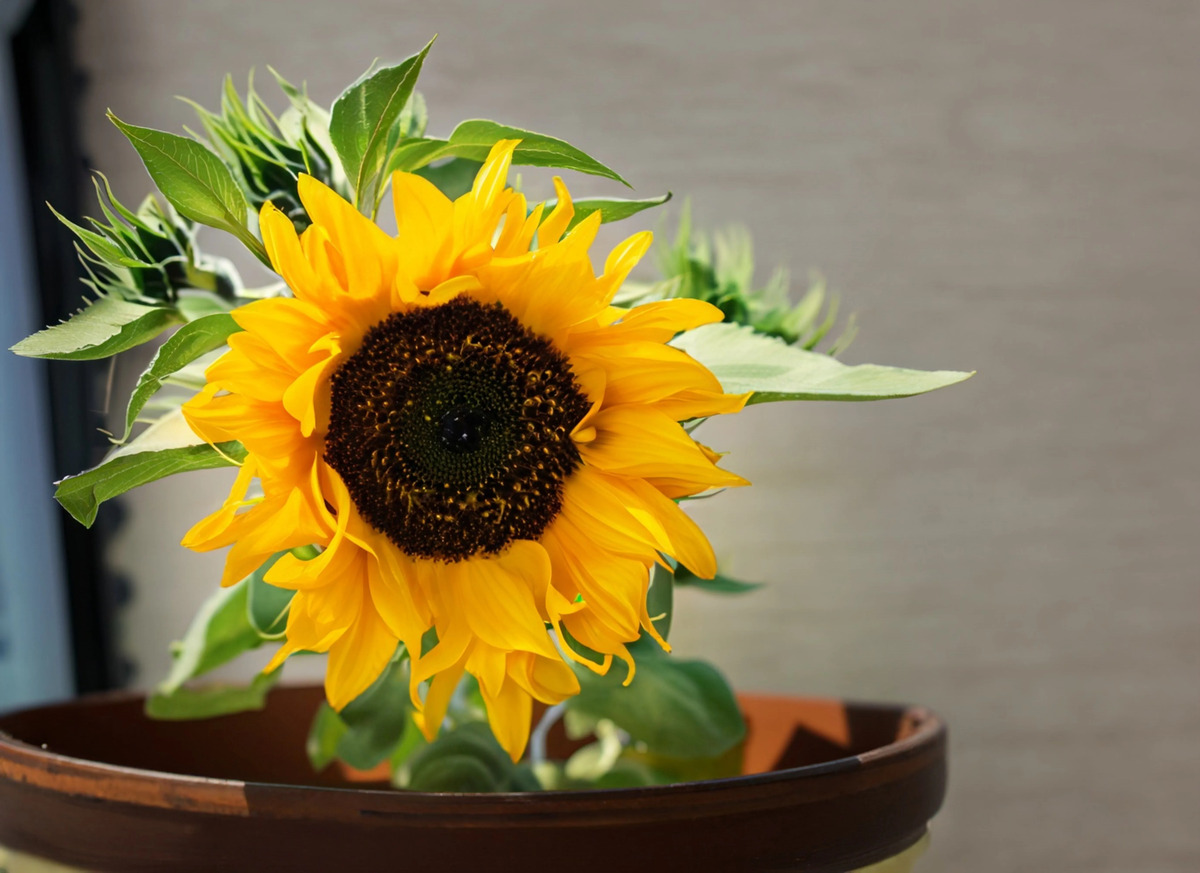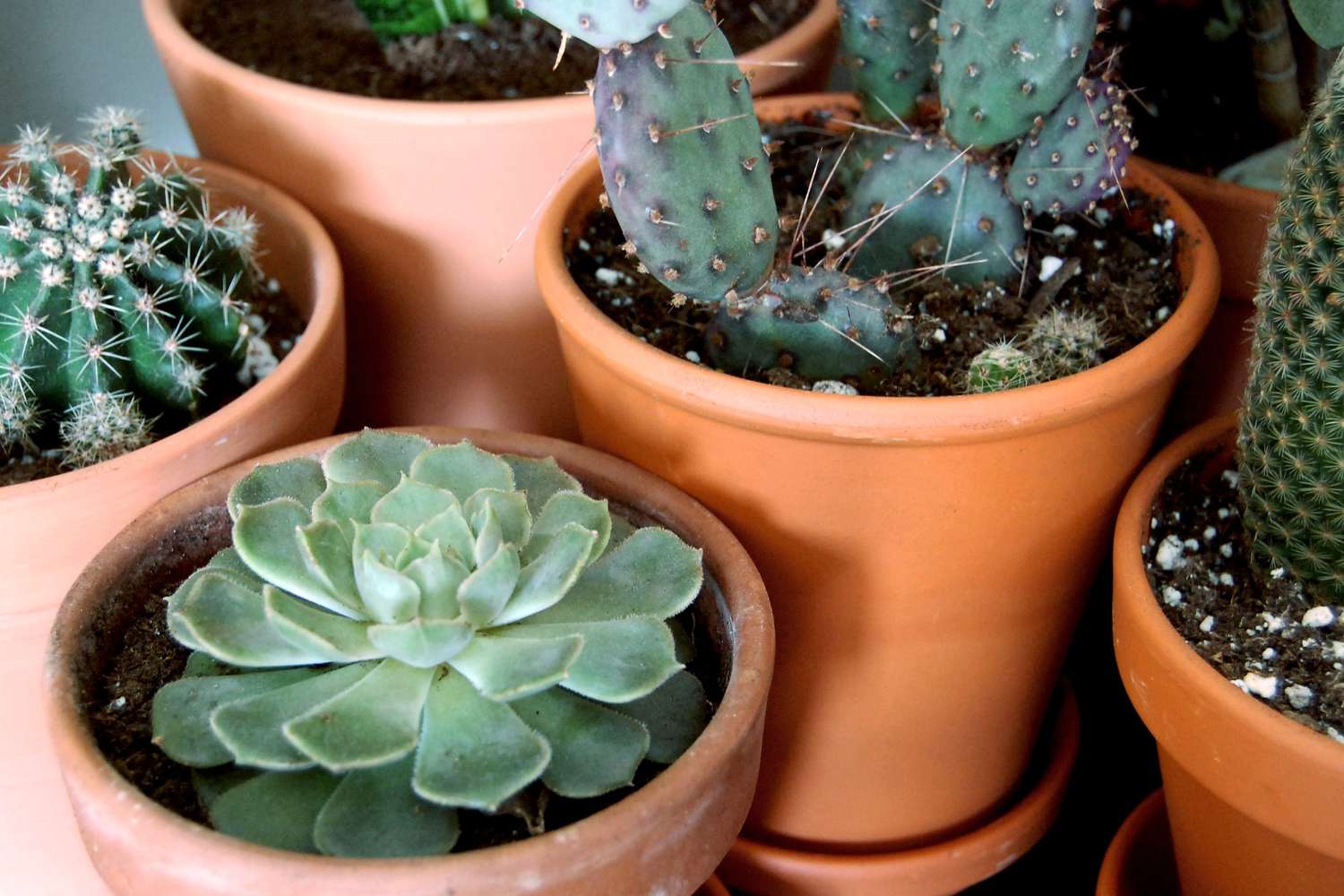Home>Gardening Techniques>Plant Care>How Often To Water Cactus Succulents
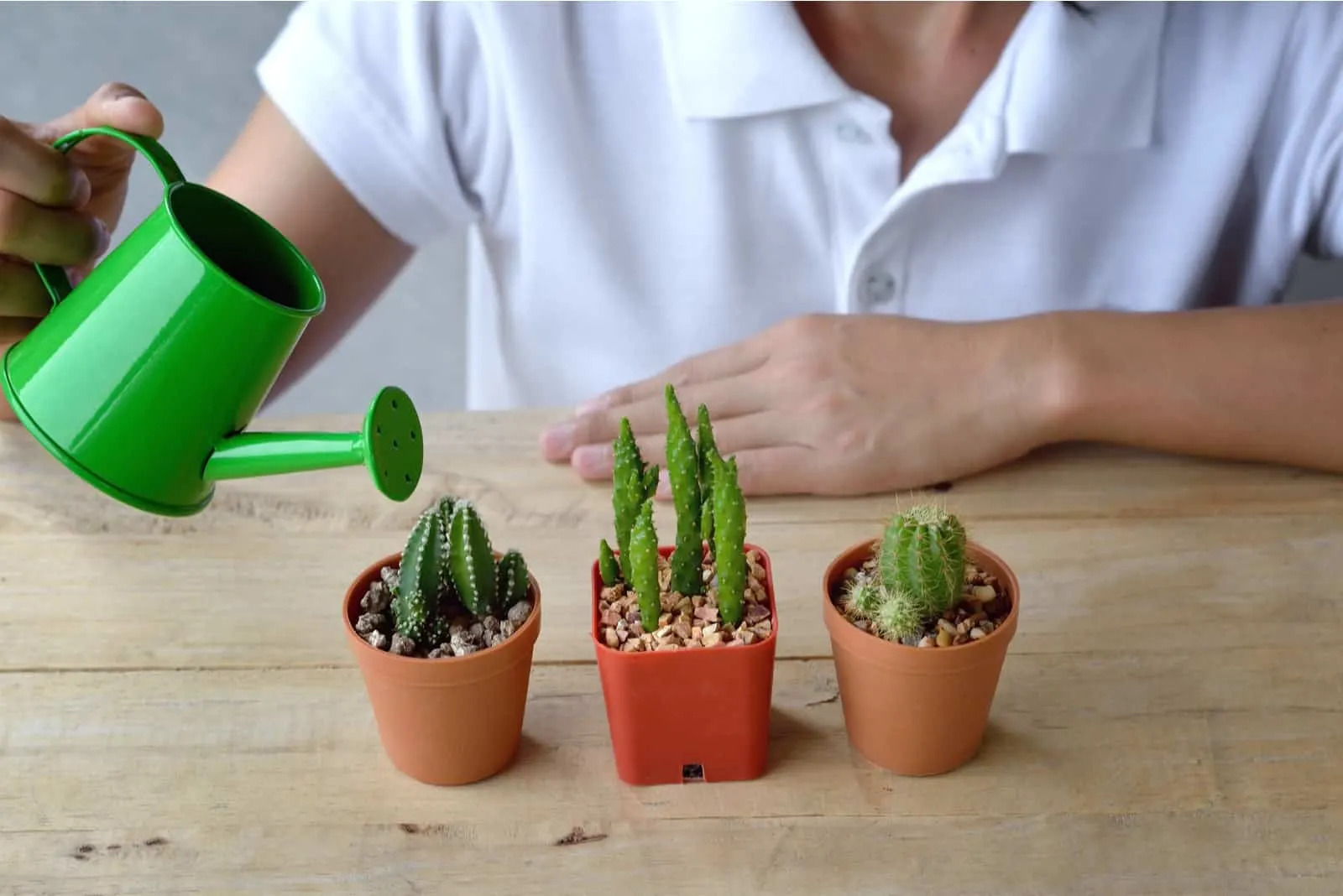

Plant Care
How Often To Water Cactus Succulents
Modified: January 22, 2024
Looking to perfect your plant care routine? Discover how often to water your cactus succulents and ensure they thrive with our expert tips.
(Many of the links in this article redirect to a specific reviewed product. Your purchase of these products through affiliate links helps to generate commission for Chicagolandgardening.com, at no extra cost. Learn more)
Table of Contents
Introduction
Welcome to the world of cactus and succulents! These fascinating plants have gained immense popularity in recent years due to their unique and striking appearance. Cacti and succulents are known for their ability to thrive in arid and desert-like environments, making them an ideal choice for both indoor and outdoor plant enthusiasts.
One of the most crucial aspects of caring for cactus and succulents is proper watering. However, determining how often to water these plants can be challenging, as they have distinct water requirements compared to other houseplants. Overwatering or underwatering can have detrimental effects on their health and overall growth.
This comprehensive guide aims to provide you with insights on how often to water your cactus and succulents, taking into account various factors such as plant species, potting medium, environment, and season. By understanding these factors and following the best watering practices, you can ensure the optimal health and longevity of your beloved plants.
So, let’s dive into the fantastic world of cactus and succulent care and discover how to keep these spiky wonders thriving with just the right amount of water!
Understanding Cactus and Succulents
Cacti and succulents are fascinating plants that have adapted to survive in dry and arid conditions. They belong to the family of plants called succulents, which are characterized by their ability to store water in their fleshy leaves, stems, or roots. This water storage mechanism allows them to withstand long periods of drought.
One of the key features of cacti is their unique and spiky appearance. These plants have evolved specialized structures called spines, which serve multiple purposes. Firstly, spines help to reduce water loss by providing shade and reducing air movement around the plant. Secondly, they act as a defense mechanism, deterring herbivores from feeding on the plant. Succulents, on the other hand, come in a variety of forms, including rosettes, trailing vines, and chubby leaves.
Both cacti and succulents are native to regions with low rainfall, such as deserts and arid climates. They have developed efficient water absorption and storage mechanisms, allowing them to survive in these harsh environments. Their ability to thrive with minimal water makes them low-maintenance plants, perfect for those who may forget to water their plants frequently.
It’s important to note that while cacti and succulents share similar characteristics, they do have some differences. Cacti are a type of succulent, but not all succulents are cacti. The main distinction lies in the presence of areolas, which are small, cushion-like structures from which spines emerge. Areolas are unique to cacti and are a defining feature of this plant family.
Understanding the unique characteristics of cacti and succulents is crucial for their proper care, including watering. These plants have adapted to survive in environments with limited water availability, making them highly efficient at utilizing and storing water. By taking these natural adaptations into consideration, we can provide them with the conditions they need to flourish.
Factors to Consider for Watering
When it comes to watering cactus and succulents, several factors need to be considered. Understanding these factors will help you determine the optimal watering schedule for your plants. Let’s take a closer look at the key factors to consider:
- Plant Species: Different types of cacti and succulents have varying water requirements. Some prefer more frequent watering, while others thrive in drier conditions. It’s essential to research and understand the specific needs of your plant species.
- Potting Medium: The type of potting medium used can impact the watering needs of your plants. Well-draining soil mixtures that contain a high proportion of gritty materials, such as perlite or sand, allow excess water to drain quickly, preventing root rot. Avoid heavy soils or those that retain water for too long.
- Environment: The environment in which your cactus or succulent is situated plays a crucial role in watering. Factors such as temperature, humidity, and air circulation can affect soil moisture levels. Plants placed near heat sources or in dry climates may require more frequent watering compared to those in cooler or more humid environments.
- Season: Seasonal changes can significantly impact the watering needs of your plants. During the active growing season, which is typically spring and summer, cacti and succulents may require more frequent watering to support their growth. In contrast, during their dormant period in fall and winter, they generally need less water.
- Growth Stage: The growth stage of your cactus or succulent can also influence its watering needs. Newly planted or recently propagated plants may require more frequent watering to establish their root systems. Mature plants, on the other hand, may need less frequent watering as their roots become more established.
- Container Size: The size of the container can impact water retention and drainage. Smaller pots tend to dry out more quickly and may require more frequent watering, while larger pots with a greater soil volume retain moisture for longer and may need less frequent watering.
By considering these factors and observing your plants closely, you can develop a watering routine that meets the unique needs of your cactus and succulents. It’s essential to strike a balance between providing enough water to keep them healthy and avoiding the pitfalls of overwatering.
Watering Schedule for Cactus and Succulents
Establishing an appropriate watering schedule is essential for the health and well-being of your cactus and succulents. While it’s crucial to consider individual plant species and environmental factors, here are some general guidelines to help you determine the frequency of watering:
- The “Soak and Dry” Method: This is a widely recommended watering approach for cacti and succulents. It involves thoroughly watering the plant until the water drains out of the bottom of the pot. Then, allow the soil to dry out completely before watering again. This method mimics the natural rainfall patterns these plants would receive in their native habitats.
- Frequency: As a general rule of thumb, cacti and succulents typically need to be watered every 1-3 weeks, depending on various factors. During the active growing season in spring and summer, when environmental conditions are favorable, you may need to water more frequently. In contrast, reduce watering frequency in fall and winter when the plants enter their dormant phase.
- Observation: Pay close attention to your plants and monitor signs of moisture stress or overwatering. Indigenous cacti often show signs of wrinkling or shrinking when they need water. For succulents, watch for signs of leaves appearing wilted, puckered, or thinning. If in doubt, it’s better to underwater than overwater as these plants are highly adapted to drought.
- Stick to a Routine: Consistency is key when it comes to watering cactus and succulents. Develop a watering routine that aligns with the specific needs of your plants and maintain a regular schedule. Avoid erratic or excessive watering, as this can lead to root rot and other issues.
- Adjust Based on Conditions: Remember that watering requirements may vary depending on environmental conditions. Factors such as temperature, humidity, and air circulation can influence how quickly the soil dries out. During hot and dry periods, you may need to increase watering frequency, while during cooler and more humid times, you can scale back.
It’s important to note that these guidelines serve as a starting point, and you should always adapt them to suit the specific needs of your plants and the conditions they are grown in. Regularly inspect your cacti and succulents, assess their overall health, and adjust your watering schedule as needed.
Signs of Underwatering
Underwatering can be just as detrimental to cactus and succulents as overwatering. These plants have evolved to withstand prolonged periods of drought, but they still require regular watering to thrive. Here are some signs to look out for that indicate your plants may be underwatered:
- Wrinkled or Shrinking Appearance: One of the most noticeable signs of underwatering is a wrinkled or shriveled appearance. The leaves or stems may appear slightly deflated, with indentations or creases. This is the plant’s way of conserving water in response to the lack of moisture.
- Dry and Brittle Texture: When succulents and cacti don’t receive enough water, their leaves or stems may become dry and brittle to the touch. They may feel papery or crispy, and the plant’s overall texture may appear dull and less succulent.
- Leaf Loss or Yellowing: In some cases, the plant may shed leaves or experience yellowing of the foliage. When there is insufficient water available, the plant may prioritize the survival of its core tissues and sacrifice the outer leaves.
- Slow or Stunted Growth: Cacti and succulents that are underwatered may show signs of slow or stunted growth. If you notice that new growth is not occurring or is much slower than usual, it may indicate that the plant is not receiving enough water to support its development.
- Dormancy or Inactivity: Underwatered cacti and succulents may enter a dormant state as a survival mechanism. During this period, the plant conserves energy and slows down its metabolic processes. This can be observed through reduced or negligible growth and a lack of flowering or other signs of vitality.
If you suspect that your cactus or succulent is underwatered, it’s important to take corrective action promptly. Be sure to thoroughly water the plant, allowing the water to reach the roots and fully saturate the soil. Following a consistent watering schedule and adjusting based on observations will help prevent further underwatering in the future.
Signs of Overwatering
Overwatering is a common mistake that can harm cactus and succulents. These plants are adapted to survive in arid conditions and are highly susceptible to root rot and other issues when exposed to excessive moisture. Here are some signs that indicate your plants may be overwatered:
- Yellowing or Browning of Leaves: One of the first signs of overwatering is yellowing or browning of the leaves. This can occur due to the accumulation of excess water in the soil, leading to root damage and nutrient deficiencies. The leaves may appear soft and mushy to the touch.
- Edema or Blisters: Overwatered succulents and cacti can develop edema, which is the formation of blisters or swelling on their leaves or stems. These blisters are caused by the plant cells absorbing too much water and becoming engorged. They may appear as raised, translucent bumps on the surface of the plant.
- Rotting or Mushy Roots: When cactus and succulent roots are constantly saturated, they can begin to rot. If you gently remove the plant from its container and notice a foul odor or mushy, discolored roots, it’s a clear indication of overwatering. Healthy roots should be firm, white, and free from any signs of decay.
- Lack of New Growth: Overwatering can hinder the growth of cacti and succulents. If you notice a lack of new growth or stunted development, it may be a sign that the roots are struggling to access oxygen due to excess moisture in the soil.
- Fungal or Mold Growth: Excessive moisture provides a favorable environment for fungal and mold growth. If you observe a presence of fuzzy white or black spots on the soil surface or around the base of the plant, it may indicate an overwatering issue.
If you suspect that your cactus or succulent is suffering from overwatering, it’s crucial to take action to rectify the situation. Allow the soil to dry out completely before watering again, and adjust your watering frequency accordingly. Consider repotting the plant into a well-draining potting mix if the current soil is retaining too much moisture. By taking steps to mitigate overwatering, you can help your cactus or succulent regain its health and prevent further complications.
Watering Techniques for Cactus and Succulents
Proper watering techniques are crucial for the health and well-being of cactus and succulents. By following the right methods, you can ensure that your plants receive the optimal amount of water without risking overwatering or underwatering. Here are some effective watering techniques to consider:
- Bottom Watering: Instead of pouring water on top of the soil, bottom watering involves placing the pot in a tray filled with water and allowing the plant to absorb water through the drainage holes. This technique ensures that the roots receive adequate hydration while reducing the risk of water pooling on the surface and causing rot.
- Avoiding Foliar Watering: While most cacti and succulents are capable of absorbing moisture through their leaves, it’s generally best to avoid directly spraying or misting the foliage. This can increase the likelihood of fungal diseases and rot on the plant’s sensitive parts. Focus on watering at the soil level instead.
- Using a Watering Can with a Narrow Spout: Opt for a watering can with a narrow spout to deliver water directly to the base of the plant. This ensures that the water reaches the root zone without getting the foliage excessively wet.
- Soaking vs. Watering: Depending on the size of the pot and the moisture requirements of the plant, you may choose to either soak the pot in water for a few minutes or water the soil until it is visibly saturated and excess water drains out. The aim is to thoroughly hydrate the roots without leaving waterlogged soil.
- Watering Frequency: As mentioned earlier, it’s important to allow the soil to dry out completely between waterings. This helps prevent the roots from sitting in moisture for extended periods, reducing the risk of root rot. Adjust your watering frequency based on environmental conditions, plant species, and other factors.
- Monitoring Moisture Levels: Regularly check the moisture levels in the soil to ensure your plants are well-hydrated but not waterlogged. Stick your finger about an inch into the soil – if it feels dry at that depth, it’s time to water. If it still feels slightly moist, wait a few more days before watering.
Remember, it’s better to underwater than overwater cactus and succulents. These plants are adapted to storing water in their tissues and can withstand periods of drought. By following these watering techniques, you can provide them with the right amount of hydration while promoting their overall health and longevity.
Best Watering Practices
To ensure the optimal health and growth of your cactus and succulents, it’s important to follow some best watering practices. By incorporating these practices into your routine, you can help prevent common watering issues and promote the overall well-being of your plants:
- Use Well-Draining Soil: Choosing a well-draining potting mix is crucial for cactus and succulents. This allows excess water to escape quickly, preventing waterlogged soil. Consider adding materials like perlite, pumice, or coarse sand to improve drainage in your soil mixture.
- Water Thoroughly: When you do water, ensure that you thoroughly soak the soil until water drains out of the bottom of the pot. This ensures that the entire root system receives sufficient hydration. Avoid shallow watering, as it can lead to the development of weak and shallow roots.
- Maintain a Watering Schedule: Consistency is key when it comes to watering cactus and succulents. Establish a watering schedule based on the factors mentioned earlier, such as plant species, environment, and season. Stick to this schedule, adjusting as needed, to provide your plants with the appropriate level of moisture.
- Observe Leaf Plumpness: Pay attention to the plumpness of your plant’s leaves. Healthy cactus and succulent leaves should appear firm and turgid. When you notice the leaves starting to lose their plumpness, it’s an indication that the plant needs water.
- Avoid Standing Water: Standing water is a common cause of root rot in cactus and succulents. Ensure that excess water is able to drain out of the pot by using containers with drainage holes. If you prefer decorative pots without drainage, be mindful of not overwatering and consider using a moisture meter to monitor the soil moisture levels.
- Consider Seasonal Adjustments: As seasons change, so do the watering needs of your plants. During the active growing season in spring and summer, your cactus and succulents may need more frequent watering. As fall and winter approach and they enter their dormant phase, reduce the frequency to prevent overwatering.
- Learn from Experience: Every plant is unique, and external factors can influence its watering needs. Take the time to observe how your cactus and succulents respond to different watering practices. Adjust your routine based on their specific needs, growth patterns, and environmental conditions.
By implementing these best watering practices, you can create a healthy and thriving environment for your cactus and succulents. Remember, finding the right balance is key – providing enough water to meet their needs while allowing the soil to dry out between waterings. With time and experience, you’ll develop a watering routine that suits the unique requirements of your plants.
Conclusion
Caring for cactus and succulents requires understanding their unique watering needs. These resilient plants have adapted to survive in arid environments by storing water in their tissues. Finding the right balance in watering is crucial to their health and longevity.
By considering factors such as plant species, potting medium, environment, and season, you can develop an effective watering schedule. Remember to use well-draining soil and water thoroughly when it’s time, allowing excess water to drain out of the pot. Avoid overwatering by observing signs of underwatering and adjusting accordingly.
It’s important to note that while this guide provides general guidelines, each plant is unique, and adjustments may be necessary based on your specific circumstances. Learning from experience and closely monitoring your plants will help you develop a deeper understanding of their individual needs.
Now that you have a solid foundation in cactus and succulent watering techniques, you can confidently care for these captivating plants. With proper watering practices and attention to their unique requirements, you’ll be rewarded with thriving, vibrant cactus and succulents that bring beauty and joy to your space.
